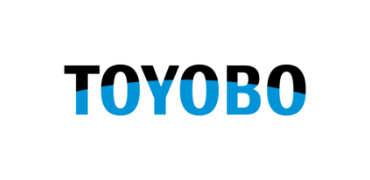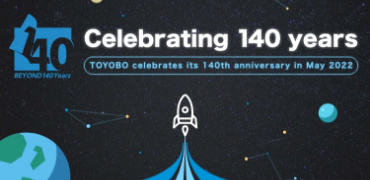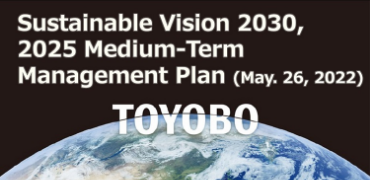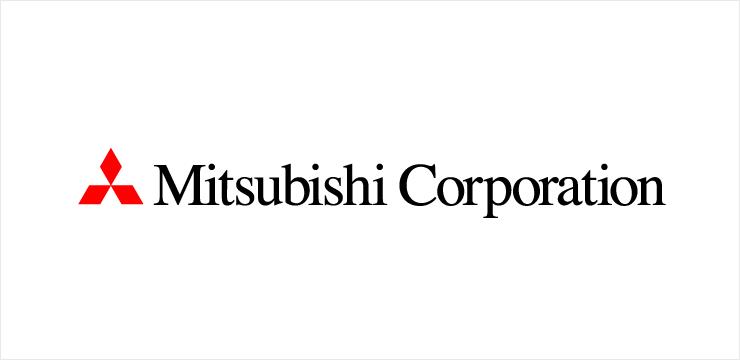News Release

Used in the process of lithium recovery from spent lithium ion batteries: “HOLLOSEP® BC Membrane” hollow fiber membrane modules
Toyobo MC Corporation (referred to below as “Toyobo MC”, Head Office: Kita Ward, Osaka City; President & Representative Director, CEO: Chikao Morishige) has had the “HOLLOSEP® BC* Membrane” hollow fiber membrane module it manufactures and sells adopted in a process for recovering lithium from spent lithium ion batteries (LIBs) at the recycling plant of the major Chinese battery recycling company GEM Co., Ltd. (Head Office: Shenzhen City, Guangdong Province; Chairman and President: Kaihua Xu). This marks the first time that Toyobo MC membranes have been used in a process for recovering lithium from spent LIBs.
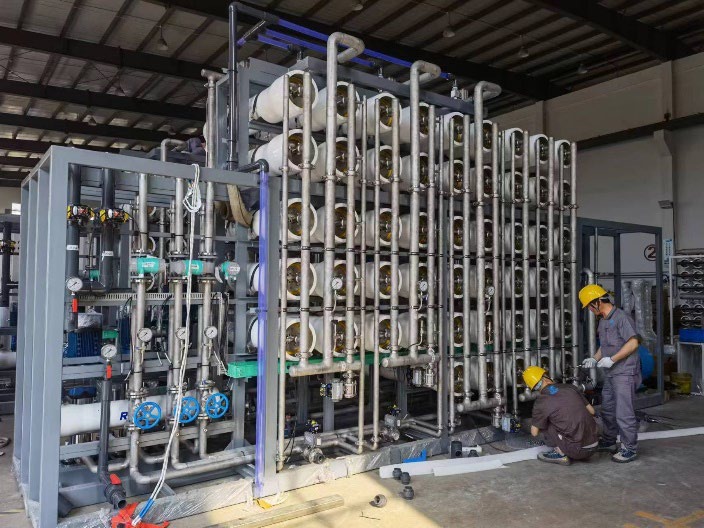
■Background
Due to the rapid dissemination of electric vehicles (EV) in China, spent LIBs are likely to be disposed of in large quantities in the future. LIB recycling is attracting a high level of interest from the standpoint of effective utilization and stable supply of resources, and efficient recovery and reuse of the lithium that is the key material has become an important issue.
■Circumstances of adoption
GEM is a resource recycling company, established in Shenzhen City in 2001. It is engaged in the business of recycling rare resources—such as nickel, cobalt, lithium, and tungsten—from spent batteries, electronic components, automobiles, and other sources. Toyobo MC’s “HOLLOSEP® BC Membrane” was adopted for use this time in the lithium recovery process at GEM’s battery recycling plant in Hubei Province.
In the process of lithium recovery from spent LIBs, a powder called “black mass”—produced by crushing spent LIBs—is typically immersed in solution, and Toyobo MC’s “HOLLOSEP® BC Membrane” has been installed in the process for concentrating the solution containing lithium that leaches out from that powder. The subsequent evaporation process can be greatly shortened by concentrating this solution, and this allows a major reduction in energy consumption compared to the case where concentration is not performed using the “HOLLOSEP® BC Membrane.”
■Concentration system using “HOLLOSEP® BC Membrane”
By passing solutions with the same concentration on both sides of the membrane and eliminating the osmotic pressure difference, increased pressure acts as effective pressure, and concentration proceeds. As a result, this system enables concentration to a higher level with the same energy as the reverse osmosis (RO) method, and it has previously been used in applications such as the process for concentrating seawater in large salt production plants. In the lithium recovery process too, lithium concentration efficiency can be dramatically improved over the RO method, and lithium concentration can be increased up to a maximum of about 20%.
■Future development
The need for recovery and reuse of lithium from spent LIBs is likely to continue increasing in the future in light of trends such as higher recycling awareness. Toyobo MC will contribute to greater efficiency in resource recycling and more effective utilization of spent LIBs, both inside and outside Japan, with adoption in lithium resource recovery processes in China, where EV adoption is advancing, serving as a stepping stone.
■About the “HOLLOSEP®” hollow fiber membrane module
Hollow fiber water treatment membranes made of cellulose triacetate (CTA) remove bacteria, ions, organic matter, and other impurities, and allow only water to pass. In the 1980s, these were first sold as water treatment membranes employing the RO method, and they were used primarily in seawater desalination plants in the Middle East. Modules are composed of hollow fibers with the fineness of about two human hairs (outer diameter of approximately 200 μm), and thus membrane surface area is large, and chlorine sterilization is possible since they are made of chlorine-resistant CTA. As a result, these modules are less susceptible to clogging due to fouling or microorganisms. In addition to “HOLLOSEP® RO membrane” and “HOLLOSEP® BC membrane,” the Toyobo MC lineup also includes “HOLLOSEP® FO membrane” using forward osmosis (FO) which enables seawater desalination and power generation with low energy consumption.
* Abbreviation for “Brine Concentration” Brine is concentrated salt water solution.
Link Collection
Contact
For inquiries about products and recruitment,
Please feel free to contact us here.

